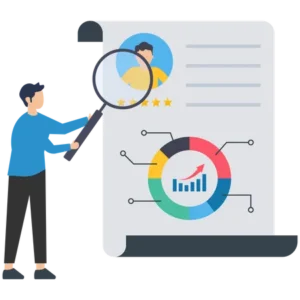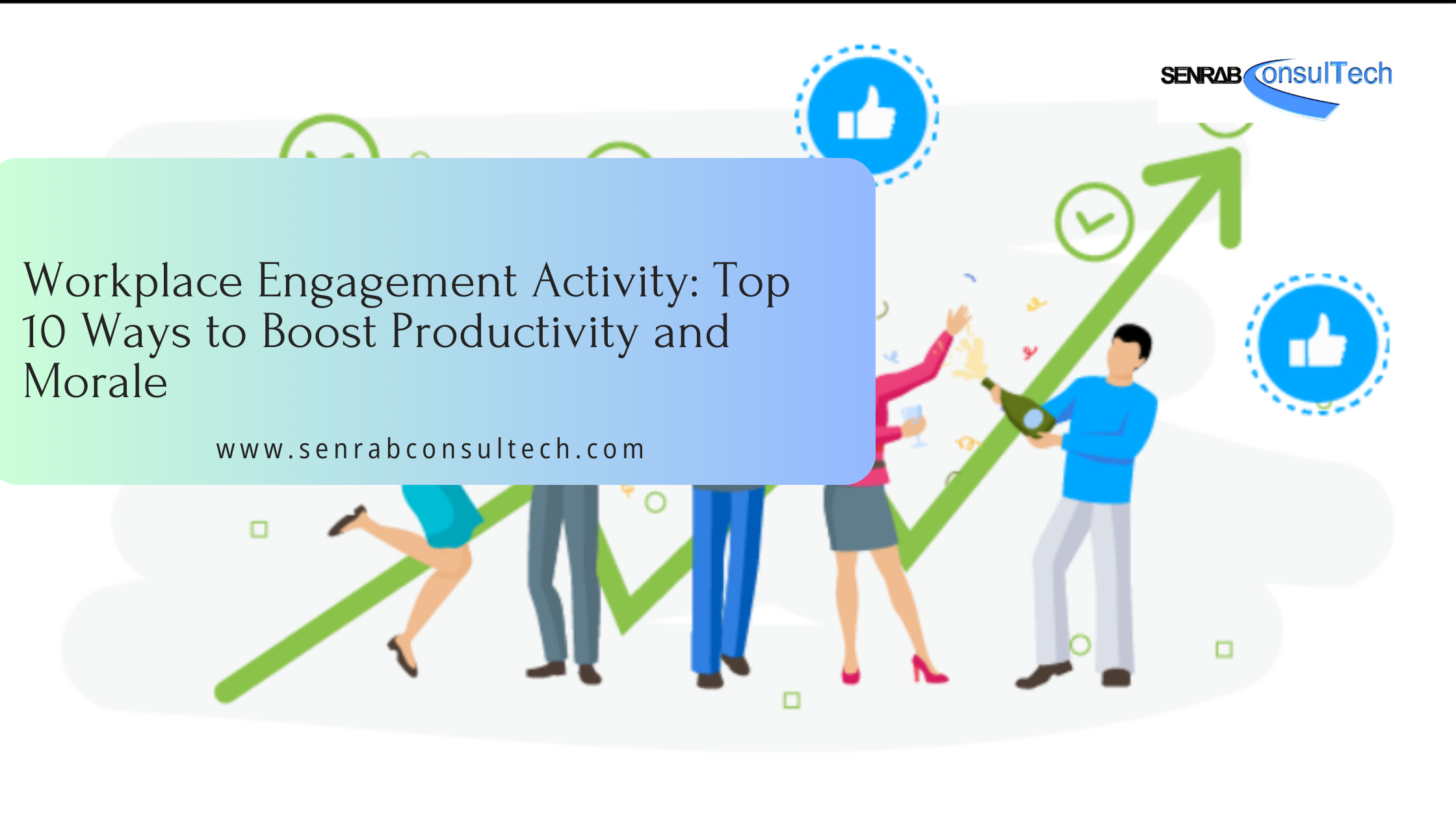Yearly performance review aims to create a work environment where every employee feels truly seen and supported, where feedback is a constant dialogue rather than an annual chore, and where growth is celebrated as much as success.
By turning the review process into a genuine opportunity, you can transform your organization into a thriving ecosystem where everyone is empowered to reach their full potential. Yearly performance reviews, when done right, can go beyond mere evaluation, serving as a strategic mechanism to align individual contributions with organizational goals, encourage personal growth, and ultimately drive success.
This article explores the best practices for making yearly performance reviews a cornerstone of continuous improvement in your organization.

Aligning Yearly Performance Review With Organizational Goals
One of the most essential aspects of a successful yearly performance review is its alignment with the organization’s broader objectives. When performance reviews are closely tied to the company’s strategic goals, they become a powerful tool for ensuring that every employee’s efforts contribute directly to the overall mission.
To achieve this alignment, it is crucial to set Specific, Measurable, Achievable, Relevant, and Time-bound (SMART) goals during the review process. SMART goals provide clear benchmarks for success, making it easier to assess performance objectively and ensure that employees understand how their work supports the organization’s mission.
For example, consider a company that has set a goal to increase its market share by 10% over the next year. An aligned yearly performance review for a sales manager might include SMART goals related to customer acquisition, client retention, and revenue growth.
By aligning the sales manager’s objectives with the company’s broader market share goal, the yearly performance review process becomes a strategic tool that not only evaluates past performance but also drives future success.
Incorporating Continuous Feedback Throughout The Year
While yearly performance reviews are essential, relying solely on an annual evaluation can be limiting. To foster continuous improvement, feedback should not be confined to a single review period but should be an ongoing process throughout the year.
Continuous feedback allows employees to adjust their performance in real time, making improvements before small issues become significant problems. It also helps keep employees engaged, as they receive regular input on their work and understand where they stand at any given moment.
Several tools and techniques can facilitate continuous feedback. Performance management software, for instance, allows managers to track employee progress and provide feedback regularly. Similarly, 360-degree feedback tools enable employees to receive input from colleagues, subordinates, and supervisors, offering a well-rounded view of their performance.
By incorporating continuous feedback, organizations can create a dynamic work environment where employees are always aware of their strengths and areas for improvement. This ongoing dialogue not only enhances performance but also builds a culture of transparency and accountability.

Making The Review Process Collaborative
A top-down approach to performance reviews can often lead to disengagement and resistance. To truly foster continuous improvement, the review process should be collaborative, involving employees as active participants rather than passive recipients of feedback.
Employee involvement in the review process begins with self-assessment. Encouraging employees to evaluate their performance before the formal review fosters reflection and helps them take ownership of their development. It also provides managers with valuable insights into how employees perceive their strengths and challenges.
Beyond self-assessment, the review process should include the co-creation of development plans. These plans should outline specific actions that the employee will take to improve, along with support and resources that the organization will provide. By involving employees in creating their development plans, managers can ensure that the goals are realistic, relevant, and aligned with the employee’s career aspirations.
This collaborative approach to performance reviews not only enhances employee engagement but also increases the likelihood that employees will take the necessary steps to improve. When employees feel heard and involved in the process, they are more likely to buy into the feedback and commit to their development.
Fostering A Growth Mindset Culture
Creating a culture that values continuous improvement is key to making yearly performance reviews more effective. Central to this is fostering a growth mindset, where employees view challenges as opportunities for learning rather than as threats to their competence.
A growth mindset encourages employees to embrace feedback, persist through difficulties, and continuously seek ways to enhance their skills. Organizations can support this mindset by offering ongoing training and development opportunities that allow employees to acquire new skills and knowledge.
In addition to formal training, recognition and rewards play a crucial role in reinforcing a growth mindset. Celebrating improvements, no matter how small, helps to create a positive feedback loop where employees are motivated to continue growing. Recognition can come in various forms, from public acknowledgment in team meetings to formal awards or bonuses.
By cultivating a growth mindset culture, organizations can ensure that yearly performance reviews are not just about evaluating past performance but are also about identifying opportunities for future growth and development.
Using Data To Drive Performance Reviews
In today’s data-driven world, relying on subjective assessments alone is no longer sufficient. To make performance reviews truly effective, organizations must leverage data and analytics to inform their evaluations and guide decision-making.
Data-driven performance reviews involve tracking key performance indicators (KPIs) and metrics that are relevant to each employee’s role. These metrics provide an objective basis for assessing performance and identifying areas for improvement.
For instance, a customer service representative’s performance review might include metrics such as customer satisfaction scores, average response time, and resolution rates. By analyzing these data points, managers can gain a clear understanding of the employee’s performance and identify specific areas where improvement is needed.
Data also plays a critical role in creating a continuous improvement loop. By regularly analyzing performance data, organizations can identify trends, make informed decisions about training and development, and adjust goals as needed. This ongoing analysis ensures that performance reviews are not just a once-a-year event but part of a continuous process of improvement.

Ending
Yearly performance reviews, when executed with a focus on continuous improvement, can be a powerful tool for driving organizational success. By aligning reviews with organizational goals, incorporating continuous feedback, making the process collaborative, fostering a growth mindset culture, and using data to inform decisions, organizations can transform performance reviews into a strategic mechanism for employee development and growth.
As businesses continue to evolve, the ability to adapt and improve will become increasingly important. By implementing these best practices, organizations can ensure that their workforce remains engaged, motivated, and equipped to meet the challenges of tomorrow. The future of performance reviews lies not in merely evaluating past performance but in creating a roadmap for continuous improvement and success.
Ready to transform your yearly performance review process into a powerful tool for continuous improvement? Contact Senrab ConsulTech today to learn how Seamless HR can help you align goals, foster growth, and drive success in your organization. Let’s work together to elevate your workforce and achieve your strategic objectives. Get started now!


